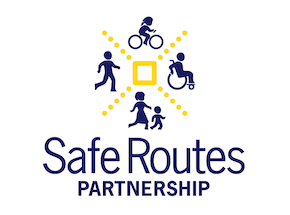The Safe Routes Partnership has released a new national report showing how SRTS programs can be harnessed to keep children safe from traffic dangers while walking and bicycling to school.
This report demonstrates how Safe Routes to School is a collaborative effort involving multiple organizations, including state Departments of Education and state Departments of Public Health.
A March 2012 research brief by Active Living Research, Impact of the Walking School Bus Program on Children’s Pedestrian Safety Behaviors, reported that parents listed their children’s safety as one of the top concerns regarding walking to school, and that improving safety may lead more parents to allow their children to walk to school.
With support provided by the Barr Foundation, WalkBoston and the Metropolitan Area Planning Council (MAPC) developed a spatial framework for the following:
This is an updated version of the State of the States report.
This study assessed the Safe Routes to School (SRTS) program in five states: Florida, Mississippi,Texas, Washington, and Wisconsin.
The U.S. GAO report on Safe Routes to School was released on July 31, 2008.
The purpose of these guidelines is to summarize the most successful ways of implementing ARS 28- 797 in order to effectively achieve school safety throughout Arizona.
This study measures the impact of a walking school bus program on active transportation in an urban, low-income elementary school.

